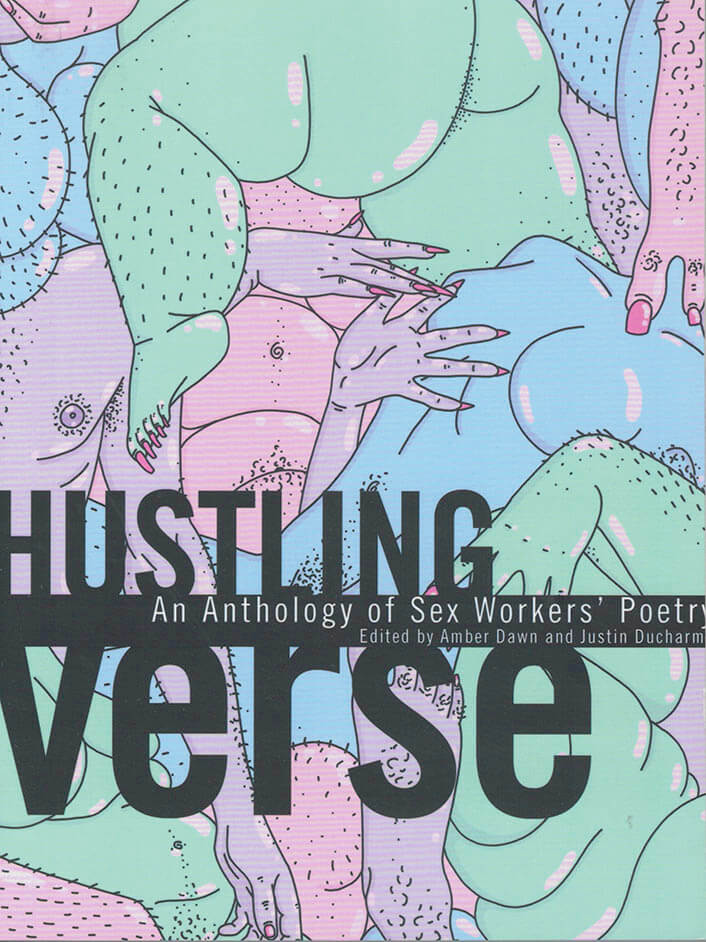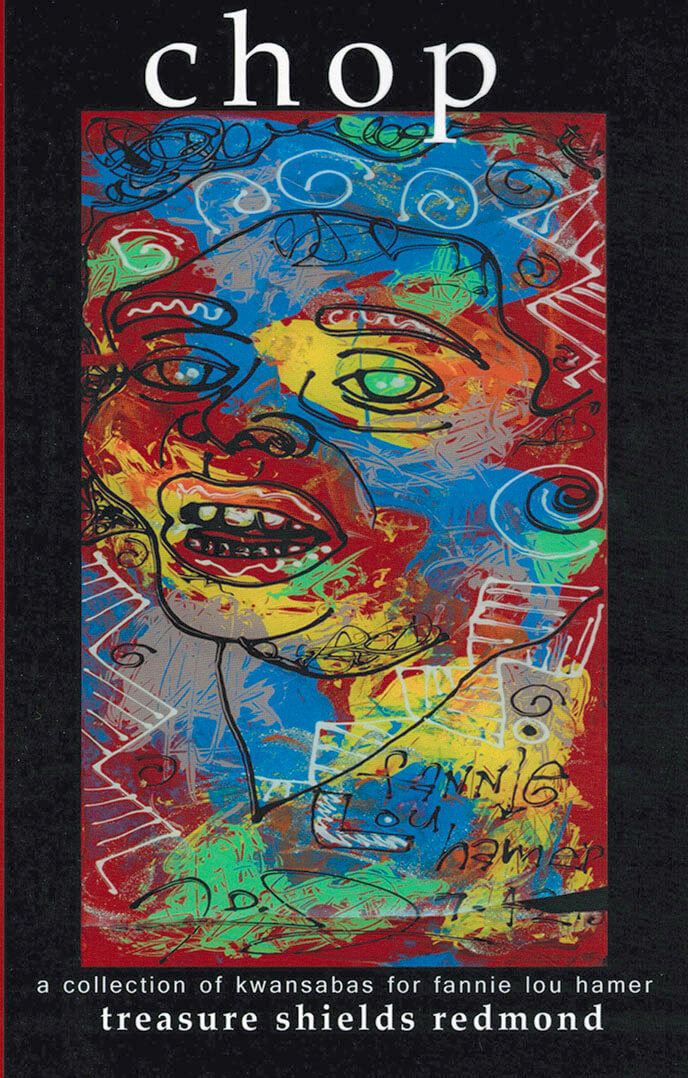
Hustling Verse: An Anthology of Sex Workers' Poetry
Justin DuCharme ed., Amber Dawn ed.
In this trailblazing anthology, more than fifty self-identified sex workers from all walks of the industry (survival and trade, past and present) explore their lived experience through the expressive nuance and beauty of poetry. In a variety of forms ranging from lyrics to list poems to found poetry to hybrid works, these authors express themselves with the complexity, agency, and honesty that sex workers are rarely afforded. Contributors from Canada, the US, Europe, and Asia include Gregory Scofield, Tracy Quan, Summer Wright, and Akira the Hustler. As an antidote to the invasive and often biased media depictions of sex workers, Hustling Verse is a fiercely groundbreaking exploration of intimacy, transactional sex, identity, healing, and resilience.
"With so much scathing insight into human behavior, Hustling Verse is not just about sex work, but about sexual possibility and self-determination for everyone." —Mattilda Bernstein Sycamore, author of Sketchtasy
"The span of these poems - authored by surviving and commerical sex workers, younger and elder sex workers, racialized and Indigenous sex workers, queer and trans and cisgender sex workers - covers enormous ground while remaining united by an unwavering commitment to speaking the truth in all its painful and healing beauty." —Kai Cheng Thom, author of I Hope We Choose Love
Amber Dawn is a white queer femme survivor living in unceded Coast Salish Territories, Vancouver. She is the author of four books (the most recent of which is the novel Sodom Road Exit) and the editor of two anthologies. Her memoir How Poetry Saved My Life: A Hustler's Memoir (2013) won the Vancouver Book Award and was a finalist for the Lambda Literary Award. She teaches creative writing at the University of British Columbia and guest mentors at drop-in, sex work-driven community spaces.
Published October 2019.
Language: English





